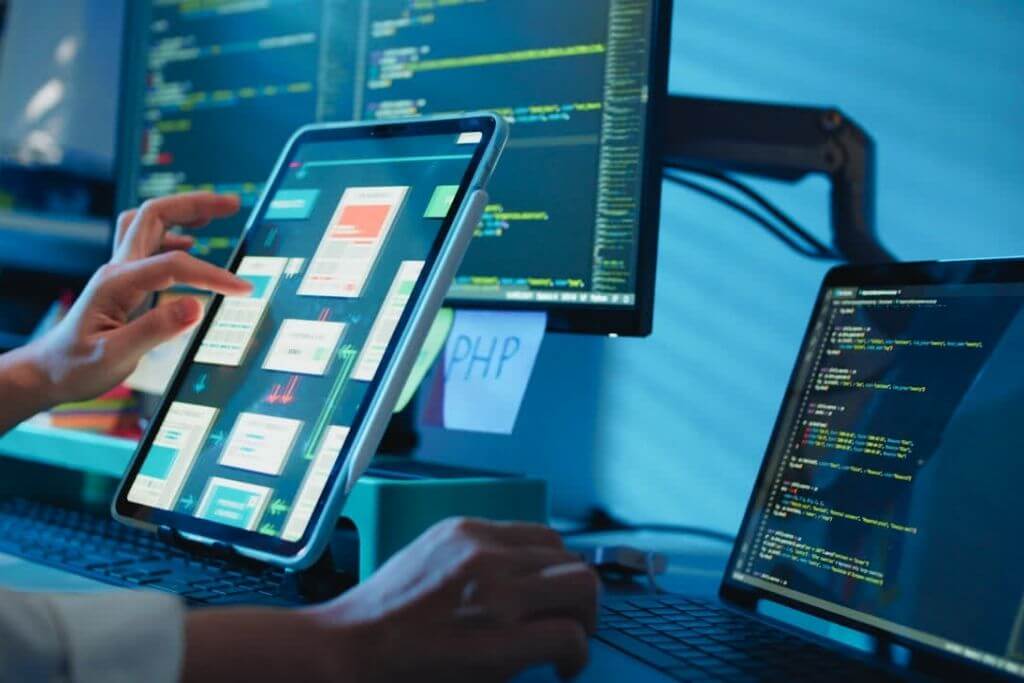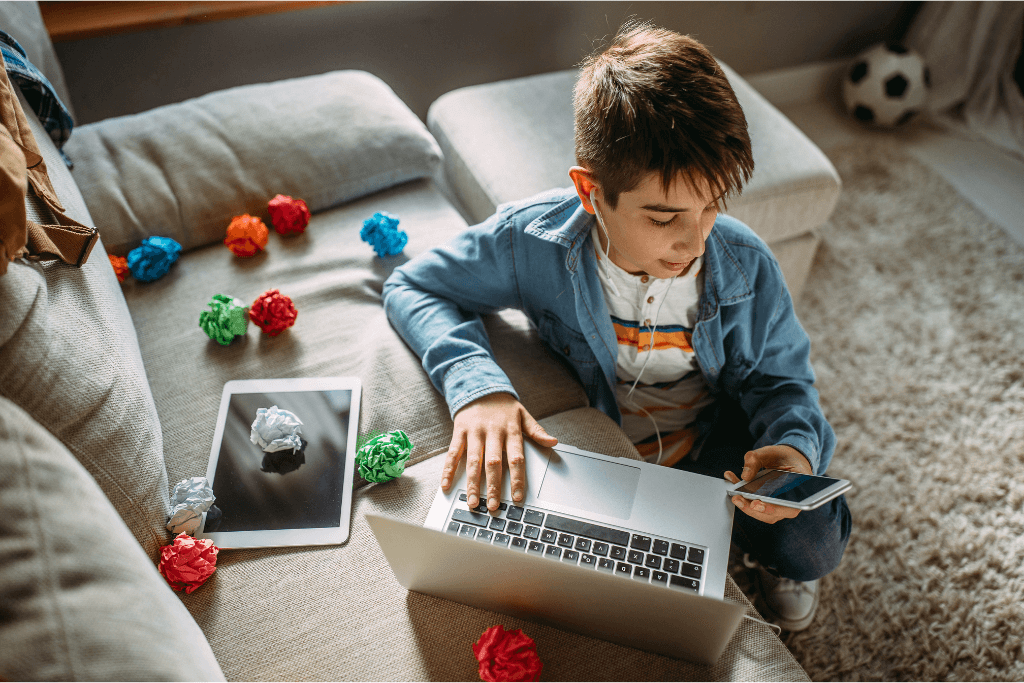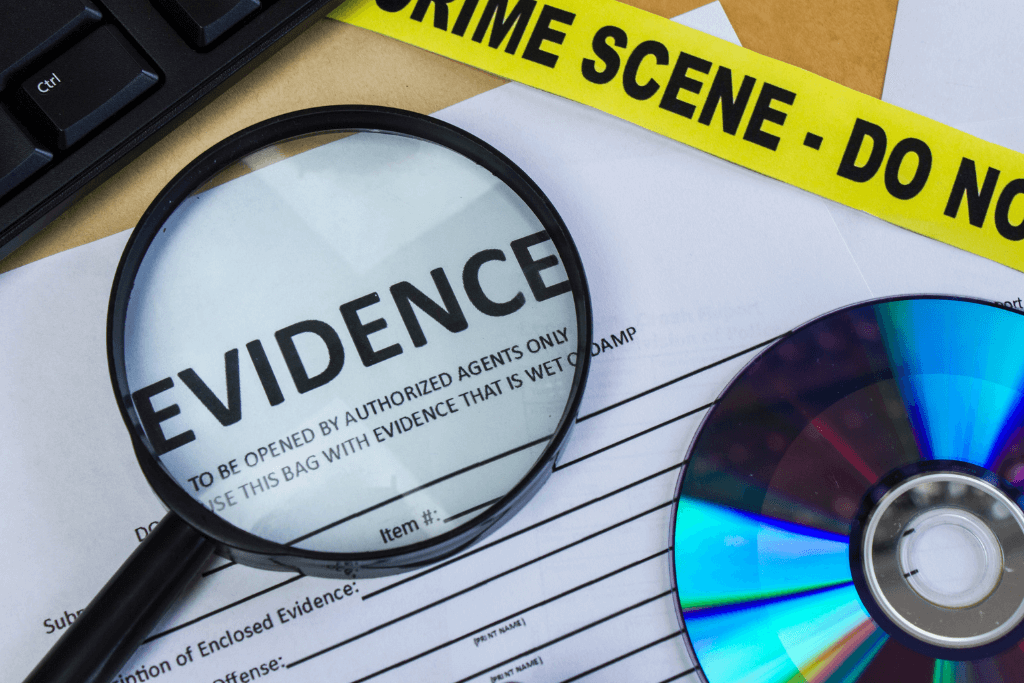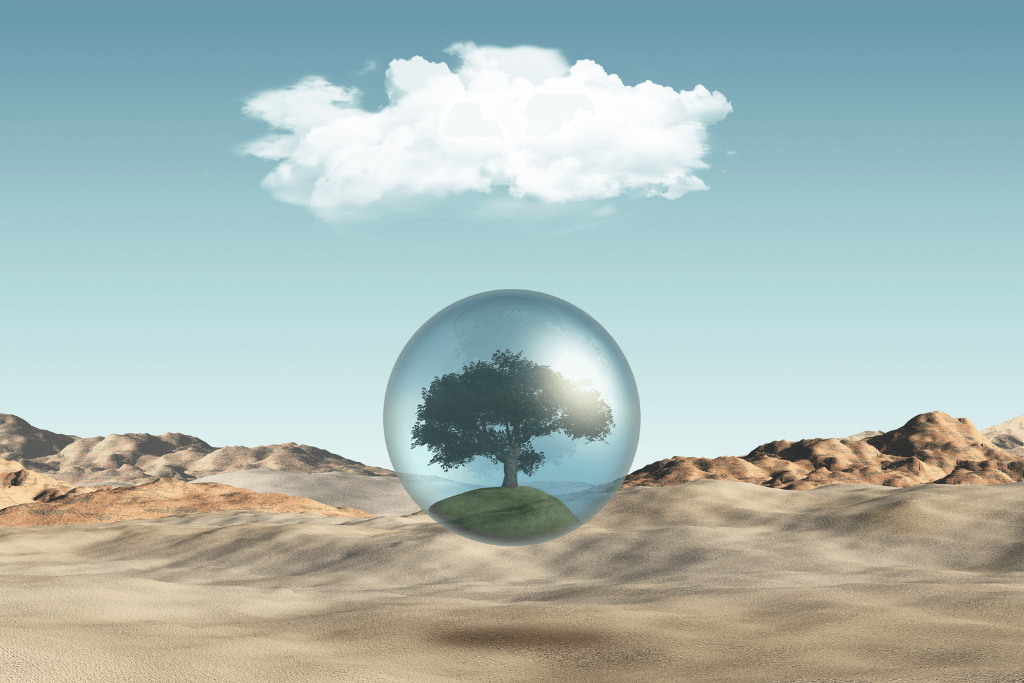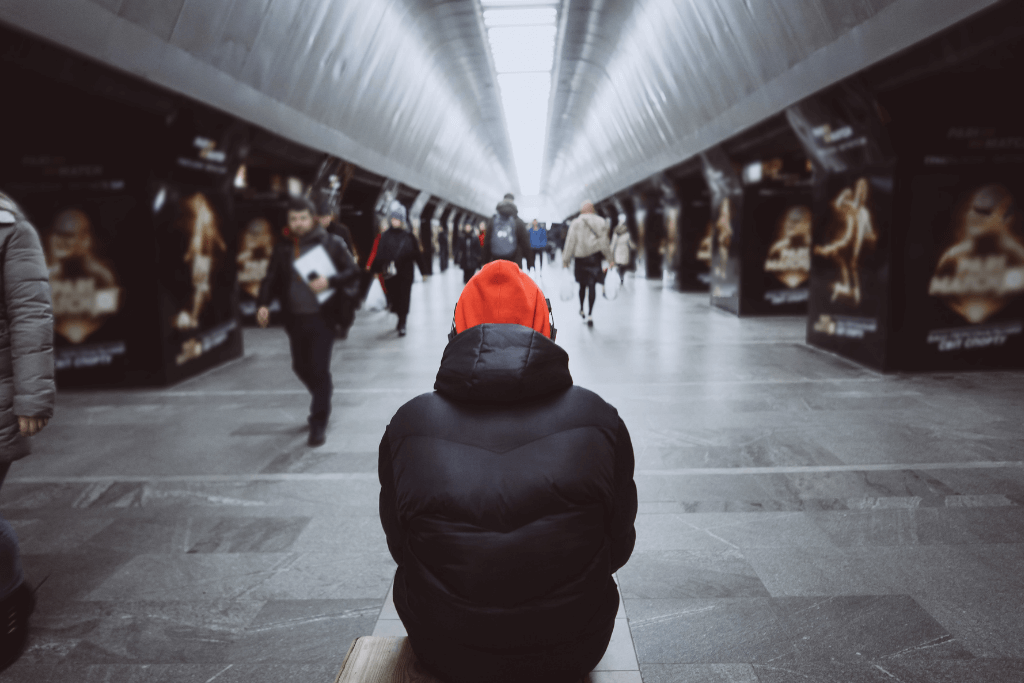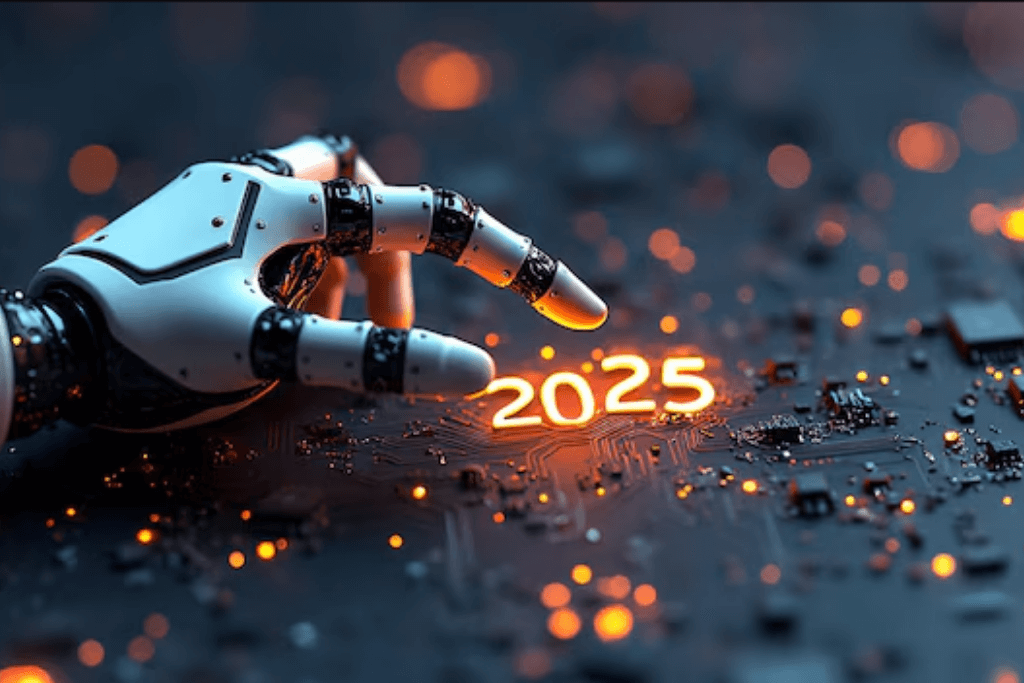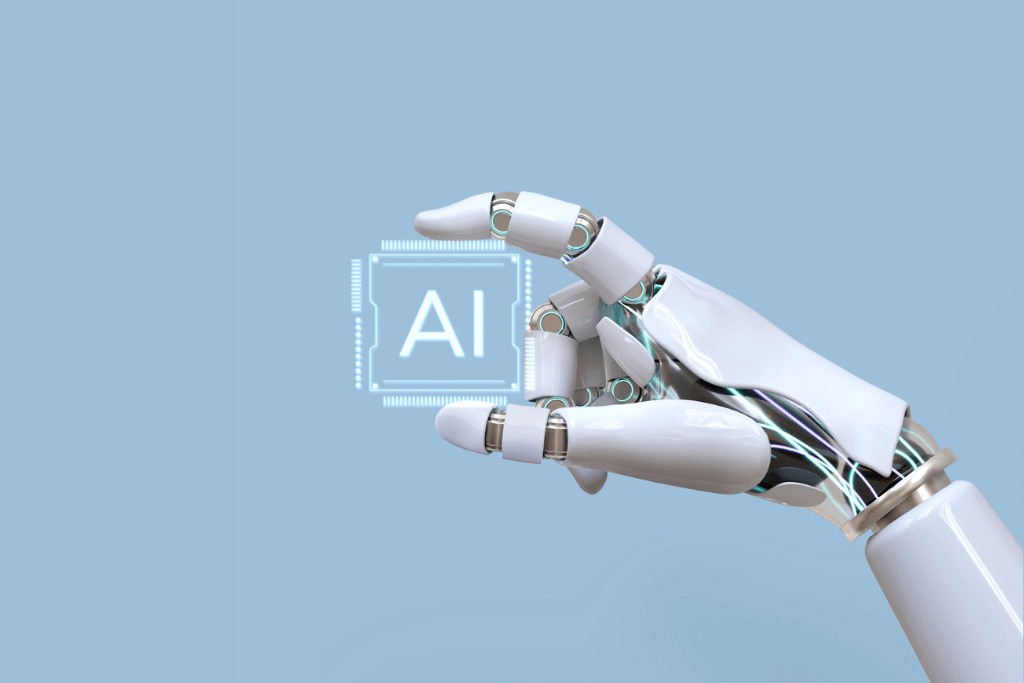What is Deepfake: The Fine Line Between Real and Fake
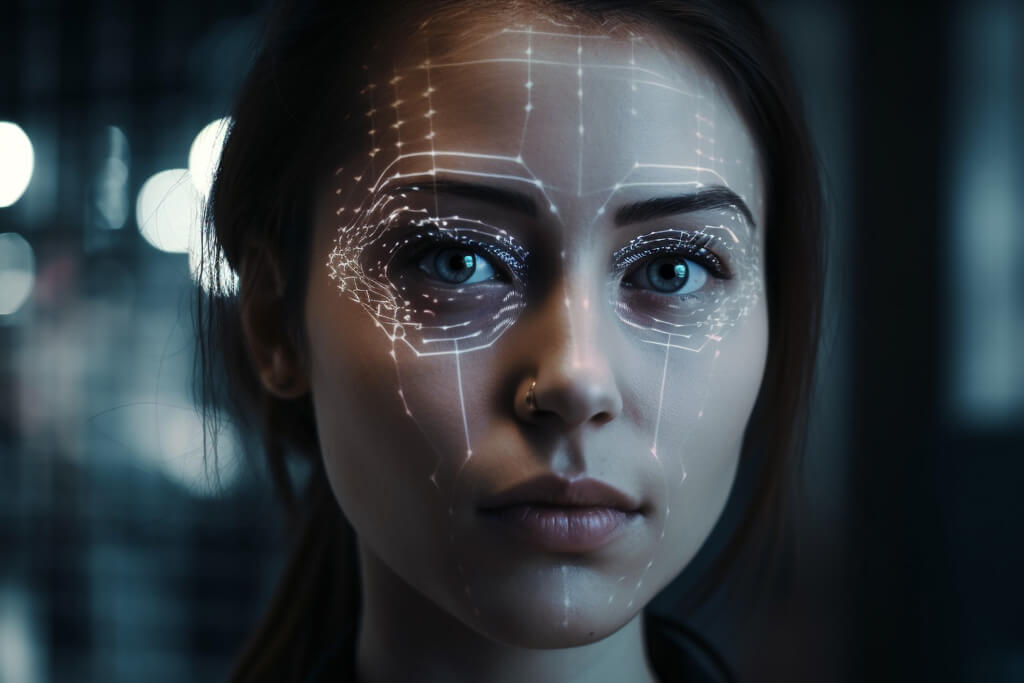
What is Deepfake: The Fine Line Between Real and Fake
Deepfake is the creation of digital content that manipulates reality using artificial intelligence to create fake images and videos by replacing or imitating the image or voice of a person with another person. This process is usually carried out using deep learning techniques. Algorithms such as GAN (Generative Adversarial Networks) are used to create realistic fake images. For example, a person's facial expressions, tone of voice, and body language can be analyzed and included in images belonging to another person.
Areas of Use
Entertainment: The film and series industry can make characters more impressive by using visual effects and CGI (Computer-Generated Imagery).
Art: Artists can offer different experiences to viewers by using deepfake technology in new and creative projects.
Education: In the field of education, deepfake can be used for educational videos and virtual reality applications.
However, the misuse of deepfake technology is also quite common.
Potential Dangers
1. Misinformation and Manipulation
Deepfake facilitates the spread of fake news and misinformation. Politicians or celebrities' words and actions can be distorted with fake content. This can mislead the public and lead to serious consequences.
2. Privacy Violations
Using images or voices of individuals without their permission poses serious ethical issues. Deepfakes can violate the privacy of private life and damage the reputation of individuals.
3. Social Security
Social engineering attacks can be made more convincing by using deepfake technology. Fraudsters can manipulate people with fake identities and cause financial losses.
Methods to Combat Deepfakes
When evaluating content made with deepfakes, you can pay attention to the following points to understand the difference between reality and fake:
1. Facial Expressions and Movements
Incompatibility: If facial expressions and body movements are unnatural, this can be a symptom.
Anomalies: Check for eye blinks, mouth movements, or incompatibilities in facial features.
2. Audio and Tone
Audio Quality: Pay attention if the audio is out of sync with the video or has an artificial tone.
Emotional Reflections: Does the tone of voice match the facial expression? Be suspicious if there are inconsistencies in emotions.
3. Background and Lighting
Lighting Mismatch: Check for differences in light and shadow between the face and the background.
Background Quality: The background in deepfake videos can often be unrealistic.
4. Details and Quality
Facial Details: Look for abnormalities in skin texture, hair texture, and other facial details.
Camera Angle: Pay attention if there are inconsistencies between images taken from different angles.
5. Content Analysis
Inconsistencies: Assess whether the words or actions in the video contradict the person’s past behavior.
Out-of-Context Statements: Be suspicious if there are things a person wouldn’t normally say or do.
6. Source Check
Reliable Sources: Check if the platform the video is being published on is reliable.
Verification Tools: Question the authenticity of the video using deepfake detection tools or platforms.
7. Awareness
The public's knowledge about deepfakes will help identify such content. It is important to develop individuals' skills in detecting fake content by organizing training programs and seminars.
8. Legal Regulations
Legal frameworks need to be established to combat deepfakes. These regulations will be an important step to prevent abuse and protect the rights of individuals.
Deepfake technology can offer innovative solutions in many areas. However, the potential dangers of this technology should also be considered. Being aware of this technology will help recognize fake content and prevent its abuse. As individuals, questioning the content we encounter in the digital world and developing a critical perspective will protect us from such dangers.
Frequently Asked Questions
How is deepfake created?
Fake images and sounds are generated from existing data sets using deep learning algorithms.
Where is deepfake used?
It is used in many areas such as entertainment, education, media and art.
Is this technology reliable?
It varies depending on the purpose of use; it can cause serious problems when misused.
How can I deal with deep fakes?
Being aware and developing critical thinking skills can help in recognizing fake content.
What kind of effects can deep fakes create in the future?
It can have positive and negative effects; but ethical and security issues are gaining importance.

